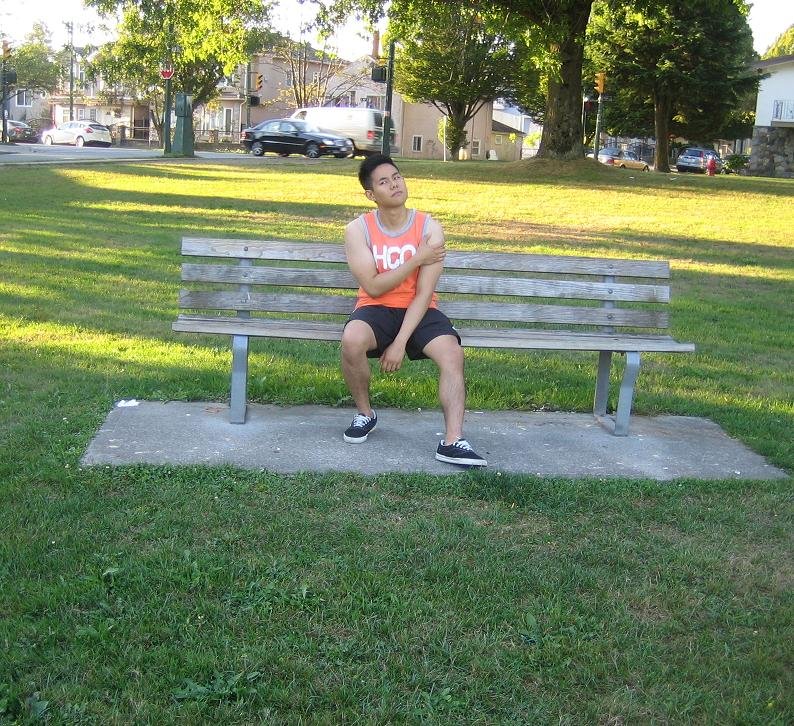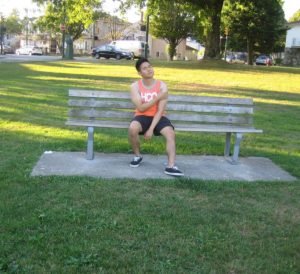Shoulder bursitis is inflammation of the shoulder bursa. It is important to note that the bursa reduces friction between the bones in the joints.
It can be brought about by overuse, injury or health conditions that trigger inflammation of the joint such as rheumatoid arthritis.
Characteristics
The shoulder bursa functions as a cushion for the tendon in the rotator cuff that links bone to bone. If shoulder bursitis develops, some movements of the shoulder and the tendon can trigger intense pain and discomfort.
The pain might vary depending on the specific injury. Nevertheless, some of the usual signs include the following:
- Achiness or pain when lying on the shoulder

Shoulder bursitis is inflammation of the shoulder bursa. - Discomfort on the top or outside of the shoulder
- Shoulder pain that is aggravated when lifting the arm to the side
- Discomfort when opening or pushing a door and when attempting to “circle” the arm
- Pain and pressure when pushing on the top part of the shoulder
Some face a higher risk for the condition since they utilize their shoulders most of the time. Nevertheless, anyone who damages the shoulder might develop bursitis.
Management of shoulder bursitis
Home care
Since shoulder bursitis is due to inflammation, allowing the shoulder time to rest can lessen the symptoms. Some of these measures include:
- Adequate rest – avoid activities that aggravates the symptoms
- Over-the-counter pain medications – provide non-steroidal anti-inflammatory drugs (NSAIDs) to reduce the swelling.
- Cold therapy – apply an ice pack on the site for 10-15 minutes at a time.
- Brace – use a shoulder brace to allow the arm to rest.
- Stretching – perform mild stretching but avoid reaching a point where it triggers discomfort
Medical care
- Corticosteroids and pain medications – the doctor administers a shot of corticosteroid around the bursa.
- Surgery – this is an option if relief could not be provided for 6-12 months. Generally, the procedure is carried out arthroscopically where miniature incisions in the skin are created and surgical instruments are inserted to remove any damaged tissues that crushes or irritates the bursa.
FACT CHECK
https://www.medicinenet.com/shoulder_bursitis/article.htm
https://physioworks.com.au/injuries-conditions-1/bursitis_shoulder


